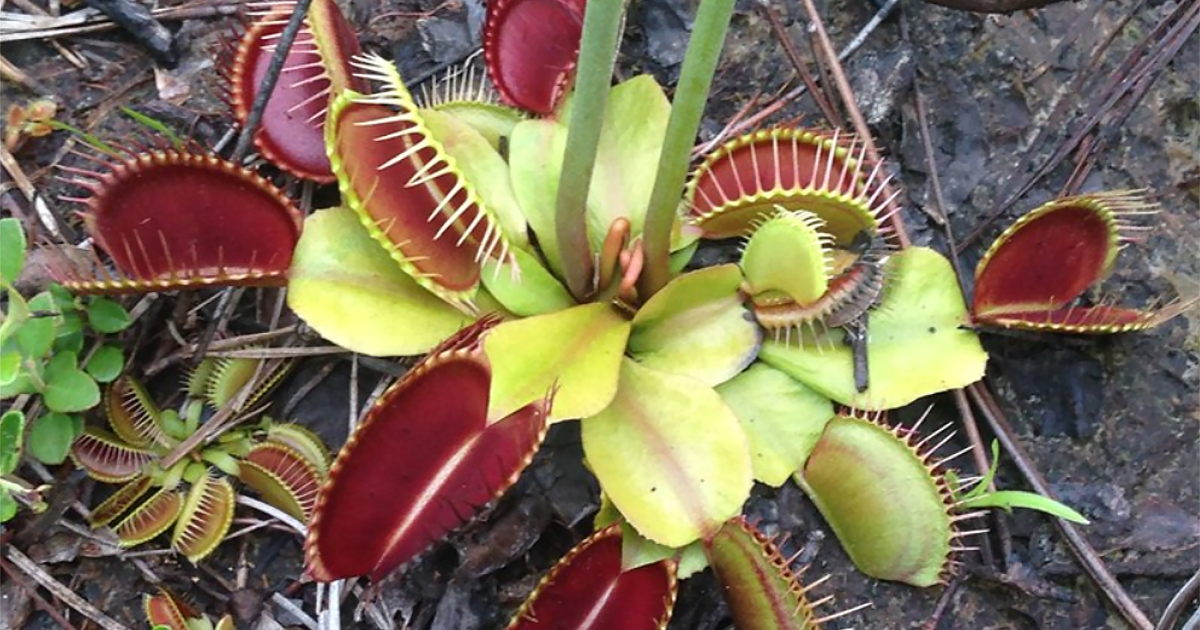Carnivorous plants are fascinating organisms that trap and digest insects and small creatures for food. Two well-known species are the Venus Flytrap and Pitcher Plant, which differ in structure and method of capturing prey. The Venus Flytrap has trap-like leaves with cilia that snap shut when prey lands on them, while the Pitcher Plant has deep, slippery pitchers with downward-facing hairs. Both plants have unique adaptations, such as avoiding energy waste and attracting prey with nectar and bright colors. They also differ in growth and reproduction methods. Despite their differences, both plants are examples of the diverse life on our planet.
Venus Flytrap vs. Pitcher Plant: A Battle of Carnivorous Plants
Introduction
Carnivorous plants are unique and fascinating organisms that have evolved to attract, trap, and digest insects and other small creatures for nourishment. Two of the most well-known carnivorous plants are the Venus Flytrap and the Pitcher Plant. Although these plants share a common diet and function, they differ greatly in their structure and method of capturing prey. In this article, we will compare and contrast the Venus Flytrap and Pitcher Plant and explore their unique adaptations for survival.
Venus Flytrap
The Venus Flytrap (Dionaea muscipula) is a small, perennial plant native to the wetlands of the southeastern United States. This carnivorous plant has modified leaves that form a trap consisting of two hinged lobes lined with tiny teeth-like structures called cilia. When an insect or other prey lands on the trap and triggers the cilia, the lobes snap shut, trapping the prey inside. The Venus Flytrap then secretes digestive enzymes to break down the prey and absorb nutrients.
Pitcher Plant
The Pitcher Plant (Sarracenia spp.) is a diverse group of carnivorous plants found in North and South America. Unlike the Venus Flytrap, the Pitcher Plant has a modified leaf that forms a deep, bulbous structure called a pitcher. The rim of the pitcher is lined with downward-facing hairs that make it difficult for prey to escape. The inside walls of the pitcher are coated with a slippery, waxy substance and contain digestive enzymes. When an insect or other prey falls into the pitcher, it becomes trapped and eventually digested.
Adaptations for Survival
Both the Venus Flytrap and Pitcher Plant have evolved unique adaptations to survive in nutrient-poor environments. One of their most important adaptations is the ability to capture and digest prey. Both plants have also developed methods to avoid wasting energy by only capturing prey that provides enough nutrients to sustain growth and reproduction.
The Venus Flytrap has a unique system to avoid wasting energy. The cilia on the trap react to repeated stimulation, meaning they will only snap shut if a prey item moves twice within a short period of time. This ensures that the plant is not wasting energy on false alarms or inedible prey.
The Pitcher Plant also has unique adaptations. Its slippery waxy coating and downward-facing hairs prevent trapped prey from escaping, ensuring the plant can digest all incoming nutrients. Some species of Pitcher Plant have also adapted to living in nutrient-poor bogs by attracting insects with sweet nectar and bright colors.
Growth and Reproduction
The Venus Flytrap and Pitcher Plant have different growth and reproduction methods. The Venus Flytrap grows slowly and produces small white flowers in the spring, which can be pollinated by insects or self-pollinate. Each pollination produces dozens of small seeds, which can be dispersed by wind or water. The Pitcher Plant grows much faster and produces tall, showy flowers in the summer. These flowers are also pollinated by insects and produce seeds that can be dispersed by wind or water.
Conclusion
Although the Venus Flytrap and Pitcher Plant share a common carnivorous diet, they have evolved very different adaptations for survival. The Venus Flytrap has a snap-shut trap lined with cilia, while the Pitcher Plant has a deep, slippery pitcher lined with downward-facing hairs. Both plants have also developed unique adaptations to ensure they only capture prey that provides enough nutrients, and they have different methods of growth and reproduction. Regardless of their differences, both the Venus Flytrap and Pitcher Plant are fascinating examples of the amazing diversity of life on our planet.
